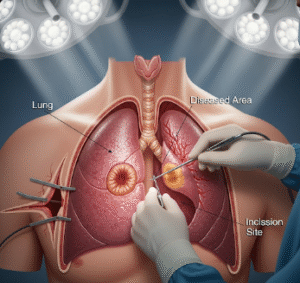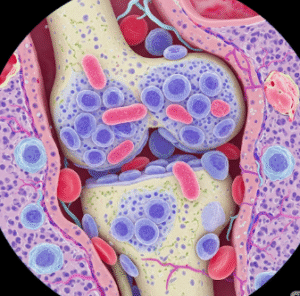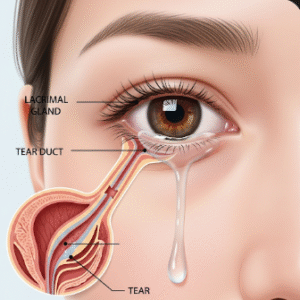Overview
Congenital anomalies, also called birth differences or birth defects, are structural or functional irregularities present at birth. They can affect the heart, brain, limbs, facial features, or internal organs. While some anomalies are minor and may not require treatment, others can be life-threatening or lead to long-term disabilities. South Korea has advanced prenatal care, neonatal screening, and pediatric surgical services to manage these conditions effectively.
What are Congenital Anomalies?
Congenital anomalies include a wide variety of conditions, such as:
- Structural anomalies: Cleft lip/palate, limb malformations, heart defects
- Chromosomal abnormalities: Down syndrome, Turner syndrome
- Metabolic or functional disorders: Congenital hypothyroidism, phenylketonuria (PKU)
- Neurological anomalies: Spina bifida, hydrocephalus
These anomalies may be apparent at birth or diagnosed later through specialized examinations and genetic testing.
Symptoms
Symptoms depend on the type of anomaly and can include:
- Visible physical differences (e.g., facial, limb, or spinal anomalies)
- Developmental delays in motor, speech, or cognitive skills
- Feeding difficulties in newborns
- Heart murmurs, breathing problems, or cyanosis
- Seizures or abnormal muscle tone
- Growth restrictions or failure to thrive
Causes
Causes may involve genetic, environmental, or unknown factors:
- Genetic mutations or chromosomal abnormalities
- Maternal infections during pregnancy (rubella, cytomegalovirus, Zika virus)
- Environmental exposures (toxins, alcohol, smoking, medications)
- Nutritional deficiencies (e.g., folic acid deficiency)
- Combination of multiple factors
Risk Factors
- Advanced maternal age (35 years and older)
- Family history of congenital anomalies
- Maternal chronic illnesses (diabetes, obesity, thyroid disorders)
- Exposure to teratogenic substances during pregnancy
- Multiple pregnancies (twins, triplets)
- Inadequate prenatal care
Complications
- Physical disabilities and limited mobility
- Intellectual or developmental impairments
- Chronic medical conditions affecting the heart, lungs, kidneys, or liver
- Frequent hospitalizations or surgeries
- Emotional and social challenges for affected children and families
Prevention
While not all congenital anomalies can be prevented, risk reduction strategies include:
- Early and regular prenatal care
- Folic acid and essential nutrient supplementation before and during pregnancy
- Vaccinations against infections such as rubella before conception
- Avoiding alcohol, tobacco, and harmful medications
- Genetic counseling for high-risk families
- Management of maternal chronic illnesses
Treatment Options in Korea
South Korea provides advanced care for congenital anomalies through highly specialized hospitals and multidisciplinary teams.
- Prenatal Screening and Diagnosis
- Ultrasound and fetal echocardiography for structural anomalies
- Non-invasive prenatal testing (NIPT) for chromosomal abnormalities
- Maternal serum screening and amniocentesis for genetic disorders
- Medical Management
- Medications or nutritional interventions for metabolic or functional anomalies
- Early intervention programs for developmental support (physical, occupational, and speech therapy)
- Surgical Interventions
- Corrective surgeries for heart defects, cleft lip/palate, and limb anomalies
- Minimally invasive and robotic-assisted procedures for complex cases
- Long-Term Care
- Multidisciplinary care involving pediatricians, surgeons, geneticists, and therapists
- Regular follow-ups for growth, development, and organ function
- Counseling and support for families













